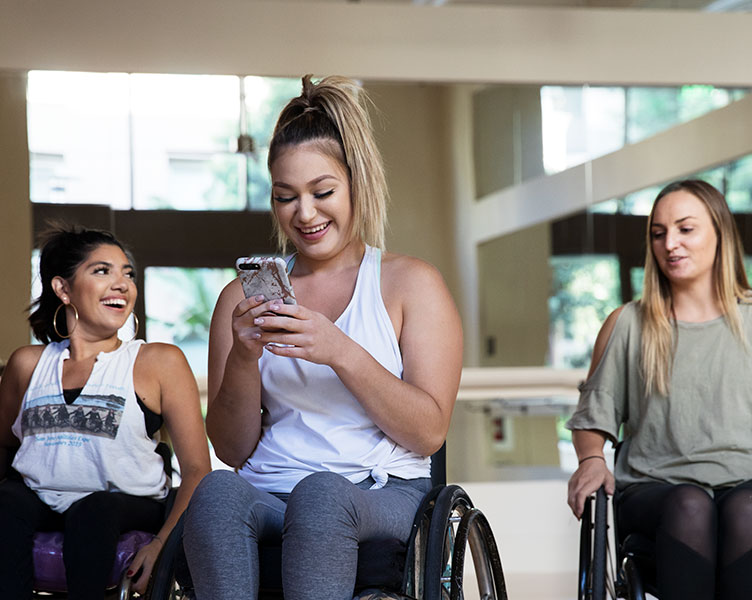
Emptying your bladder with an intermittent catheter can offer you the freedom to participate in activities that are important to you. The key is finding a way to make emptying your bladder with a catheter a part of your daily routine. Here is some advice that other intermittent catheter users have found useful when they had to find their way of fitting catheterization in to their daily lives.
Always remember that users performing self-catheterization should follow the advice of their physician.
Use a chart or set an alarm to remember
At first, many people like to use a chart or diary, which can be good visual cues when implementing a new routine. Charts are also helpful if your healthcare provider wants you to keep track of the amount of urine you pass. Other suggestions might include setting a watch or a phone alarm.
Using IC is the preferred treatment when you are not able to empty your bladder normally – this is to avoid residual urine in the bladder, which can lead to growth of bacteria or complications (including urinary tract infections). Many people catheterize 4-6 times a day - or as often as prescribed by your health care provider – it all depends on your individual situation.
Catheterize as prescribed by your healthcare provider - many people catheterize 4-6 times per day.
Usually it is recommended that you catheterize every 4-6 hours, but you should follow the plan established by your healthcare provider if you are not able to urinate in the usual way (e.g. due to chronic urinary retention).
This is the average number of times that healthcare providers recommend you to use intermittent catheterization (if you are not able to urinate normally e.g. due to chronic urinary retention).
If you are completely dependent upon intermittent catheters to empty your bladder and catheterize less than prescribed by your healthcare provider you may experience:
Leakage:
Leakage might occur because the amount of urine in your bladder exceeds the bladder’s capacity to hold it. If you are experiencing this, make sure you are using IC as you have been instructed. If leakage continues contact your healthcare provider to evaluate your individual situation.
Urinary tract infection:
If you do not empty (by intermittent catheterization) your bladder often or do not empty your bladder completely, the urine siting in the bladder becomes stagnant. Any bacteria in the urine may multiply, which may lead to an infection of your bladder or urinary tract.
Potential damage to your kidneys:
The increased pressure on your bladder can create a backflow of urine to your kidneys, which can lead to an infection or long-term damage to your kidneys. See how the bladder works in our Basic section.
If you are catheterizing more than 6 times per day and still have problems with urine leakage, you should consult your healthcare provider:
- You may not be draining your bladder fully with each catheterization
- You may be experiencing bladder irritability and bladder spasms
- You may have some other condition that should be evaluated by your health care provider.
Measure the amount of urine you pass
Make sure your bladder is fully emptied every time you catheterize. By catheterizing at regular intervals, you can keep your urine volumes in an acceptable range. Urine left in the bladder may lead to overgrowth of bacteria which may lead to a urinary tract infection. The goal is to keep the catheterized urine at a volume (400-500 mL) which avoids overstretching the bladder and prevents urine leakage. Every once in a while, measure the amount of urine you empty. It should be no more than around 2 cups (400 mL). If you empty more than that, ask your healthcare provider if you should catheterize more often.

Go out and enjoy yourself – but still remember to make time to empty your bladder
Keeping your intermittent catheterization routine is just as important when you are out as it is when you are at home. Plan your day ahead, so your catheterization fits in with your other activities. When is it convenient for you to catheterize? Before visiting the museum? During the intermission at the theater? Read more tips about fitting catheterization into your social life here.
But always remember to empty your bladder completely regardless of where you are.
To make sure urine is removed from the base of your bladder, you need to remove the catheter slowly and pause if more urine is flowing out. Watch a video for further instruction on how to use different types of catheters.
These are general guidelines meant to help you with typical questions. You should follow the specific instructions provided by your healthcare provider and the intermittent catheterization solution you are using.



